Accurately Estimating Design Efforts

Darren McClure
UX Design Manager
5 min read
Imagine your team identifies a much-needed feature to implement in your product. You have historical user feedback about pain points, data analytics, customer service insights, and a few productive brainstorming sessions with the product lead. Everyone across multiple teams comes together: engineering, QA, product, and you (design). When you’re asked to give an estimate for how long your design will take, how do you answer? Where should you start?
Welcome to a familiar moment in your career as a designer. Accurately estimating the effort needed in product design is a complicated and crucial skill to practice. Whether you’re a team of one or a team of ten designers, prioritizing and organizing your work matters. Reasonable estimates for your time and energy on the project require several considerations.
Unfortunately, there is no one-size-fits-all way of managing design estimates. Your company, your product teams, and your design department will all function in different ways than everyone else. What we can do is learn what to consider and how to ask the right questions before you need to start giving your estimates.
Scope and First Impressions
First, do you know the scope of the project? What’s the reason for pursuing the central idea of the project? Do you have enough information to even make a proper estimation? Sometimes the answer is no. When that happens, try to advocate for user feedback earlier in your design process. It’s important that everyone involved with the project understands what user problems are being addressed with the work. Ideally, the project will be tied to KPIs and business goals as well. How were these determined by the team and how can you connect them to user needs? A UX team should play a strong role in defining opportunities and refining what is included in the scope of work. Being involved early and understanding the initial information about the project is key to forming a great first impression of the work required. In this early stage, don’t focus on knowing the intricacies of each small detail. Use this time to evaluate the entire project at this point; place the work into small, medium, and large buckets after considering your evaluation. Once we have the project roughly mapped out, we can move to the next step.
What Will Be Affected?
Let’s take stock of what platforms your company supports. Some products may span several builds and need design support for web, iOS, and Android. You’ll also need to consider what pages, sections, or areas might be affected by the scope of this new project. We’re still ballparking estimates at this point, so let’s not dial into the nitty gritty just yet.
Will your work touch only specific flows? Will you need to adjust anything elsewhere in the product? What about entire feature areas that span multiple pages? Working through these questions will help you zoom out on the problem you’re trying to solve. Looking at everything from above is important in developing a good estimation of the time and energy needed for a new project.
Required Design Activities
We’ve now got some rough ideas for the estimate and high-level thoughts for our new project’s scope. Let’s take a look at a sample list of design activities and deliverables you might need to complete the work:
Architecture mapping
User flow diagrams
Wireframes
Prototypes or interaction guides
Illustrations or graphics
Competitor analysis
Journey mapping
SWOT analysis
High-fidelity screens
Pattern/Component libraries
Image asset sourcing
Workshops
For a large project, you may need all of the sample list above – or more. For a small project, maybe you will only need a few deliverables. Use this time to anticipate the individual pieces of work you’ll need to complete. Each situation varies, so try to forecast these activities and deliverables at the beginning. Your early forecast will help everyone plan more effectively.
Mapping Out the Work
With your deliverables now in mind, let’s take your list and determine how involved you will need to be with everything. Let’s zoom out again here and imagine your design activities lined up on the desk in front of you. What does the span of your project look like from this point of view? Each activity will have unique time and energy requirements based on everything you’ve considered up to this point. Assign each with a point or time value depending on how your team operates. As you get to this more granular stage you should be able to simply sum everything up to create your project estimation. You won’t be able to perfectly map everything involved but you can give everyone a reasonable sense of your work. Eventually, your deliverable estimates will grow in accuracy, thereby increasing your project estimation’s accuracy.
Closing Thoughts
Practice makes (almost) perfect for design estimations, so you will need to hone this skill as an individual and as a department. Getting into the estimating mindset with your work will help build project references to adjust from the next time.
If you’re a team lead or manager you may also be estimating work you won’t be actively contributing to once the project starts. Keep this in mind so you can reflect on what different individuals on your team might need to be successful. However, it would be a better long-term idea to establish what a reasonable person can accomplish as a template and apply that across all of your estimations.
Be sure to always leave wiggle room in your estimations, too. Being flexible will allow for the unexpected and will relieve some pressure on yourself and your teams. Estimating is more an art than a science for design but you should be able to practice good habits, ask better questions, and zoom out a bit more to consider the full scale of what each project will look like.





